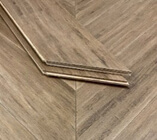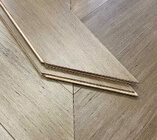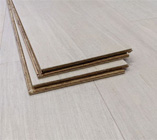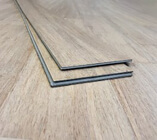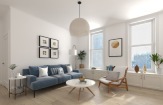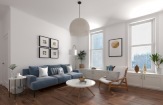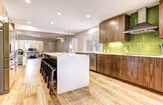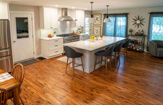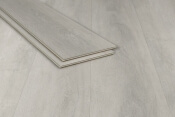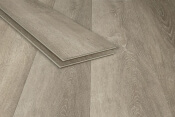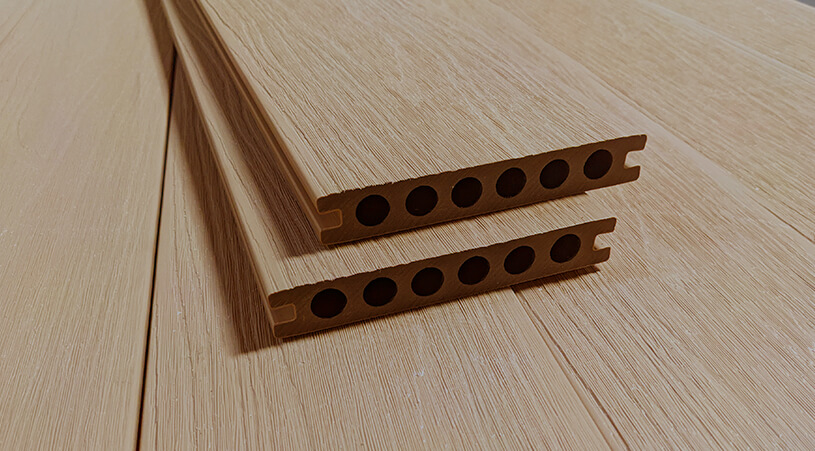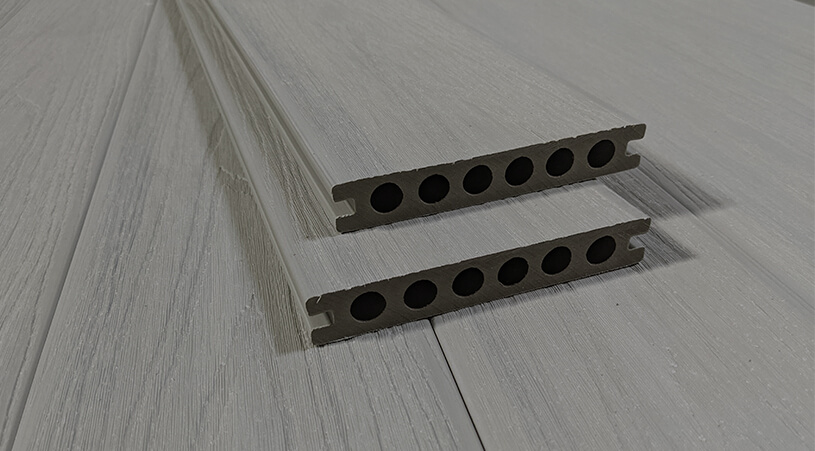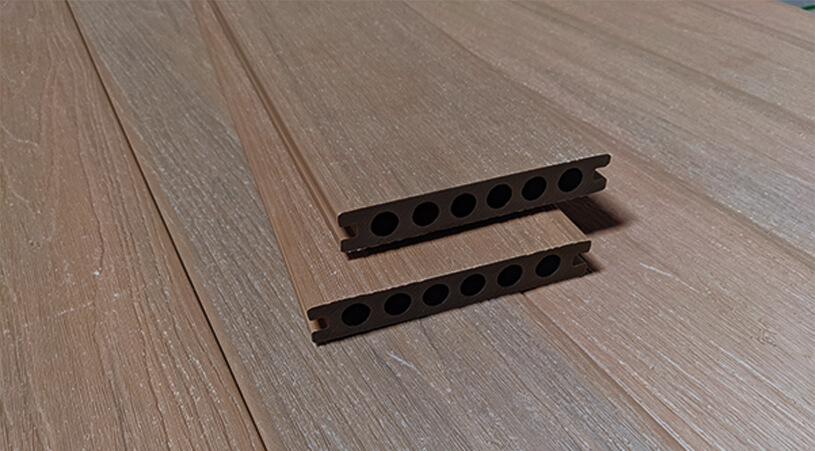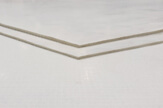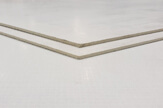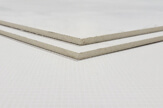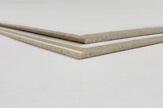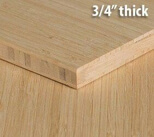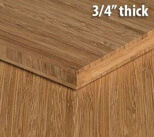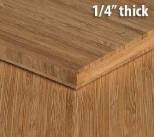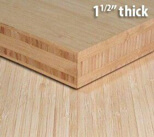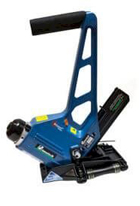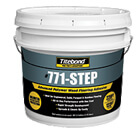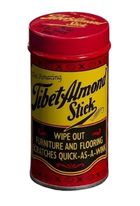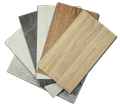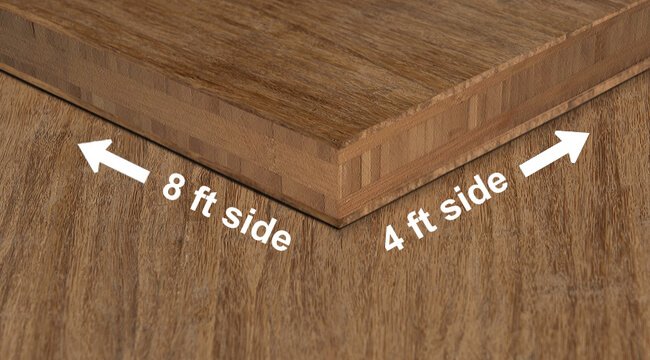Most factories and retailers supply the bamboo plywood as unfinished. Unfinished plywood is the type of plywood that has had no artificial stains or finishes applied beforehand. This adds to the versatility of the product because each buyer can later decide if he wants to keep the natural aspect of the product or apply certain artificial coatings to it.
If you decide to add a stain and a finish to your bamboo plywood, make sure you follow the next steps in order to achieve the best result.
Plywood Preparation
The best results are obtained only after you've completed a few preparation steps. First of all, you should designate a room to be your work area, and take care how you store the plywood. As with most species of wood plywood, you will want to avoid storing the panels vertically as this may cause warping. Always store the panels flat on the ground or pallet on which they arrived.
Next, ensure that the temperature of the workroom should always be between 30 degrees (F) and 90 degrees (F), and the humidity levels should always be maintained at between 40%-60%. Once the temperature and humidity are set, the plywood sheets need to acclimate to the temperature and moisture of the room. The acclimation process should take around 3-10 days. Once the acclimation process is complete, inspect the panels for imperfections or surface defects. If found you can use a 150-grit, very fine, sandpaper to and then brush off any remaining debris with a clean cloth. The woven bamboo plywood is now ready for staining.
Staining Plywood
The first step of the staining process is to lay the sheet in a horizontal position. You can use the floor or a workbench. It's advisable to complete the staining process indoors because the chance of dust, dirt, or other debris getting on the plywood sheet is smaller.
Carefully use a brush to cover the sheet of plywood with wood conditioner. This will ensure better stain penetration, although it will also absorb some of the stain color. If the final color is lighter than expected, add a second layer. Our clients have reported success using Penofin Hardwood formula. You can sand to 300 grit and then use 2 coats on each side after sanding. It will slightly darken the bamboo and give it a rich glow.
For best results remember to add the stain along the grain. If you're adding the stain in a different pattern, you might not achieve the desired effect, or even worse, you might damage the product. Once you're satisfied with the hue, let the plywood cure for up to 24 hours. Besides changing the color of the product, artificial staining also creates a thin, protective coating that increases the resistance to moisture and damage.
Finishing Plywood
Finishing is the last step of the bamboo plywood manufacturing process. You can use oil, wax, or polyurethane to coat your new plywood sheet. Each has its own pros and cons.
Oil is the most commonly used type of finish. Mineral oil is great for surfaces that will come in contact with food and other edible products. Linseed oil is great for indoor surfaces that don't come in contact with edible products. Tung oil is your best choice if the surface you're coating is going to be used outside, as it will provide the best overall protection.
Wax on the other hand is not as commonly used, but it's just as good for indoor surfaces, we've had good results with products such as Minwax Paste Finishing Wax. Keep in mind that the coating provided by waxes and oils are not always long-lasting. Wax is especially useful for surfaces that come into contact with edible products.
You can also use standard polyurethane coatings for a high gloss and more durable finish. These coatings can be brush-applied following the bamboo plywood manufacturer's instructions for quick and easy application.

